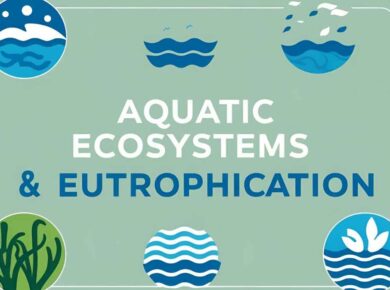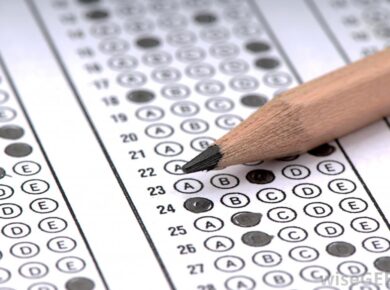Greenhouse Effect & Greenhouse Gases
The exchange of incoming and outgoing radiation that warms the Earth is often referred to as the greenhouse effect because a greenhouse works in much the same way. Incoming UV radiation easily passes through the glass walls of a greenhouse and is absorbed by the plants and hard surfaces inside.
Weaker IR radiation, however, has difficulty passing through the glass walls and is trapped inside, thus warming the greenhouse. This effect lets tropical plants thrive inside a greenhouse, even during a cold winter.

Green House Effect Contributors
Water vapor is the biggest contributor to the greenhouse effect; However, CO2 & other greenhouse gases are increasing the amount of water vapors in the air by boosting the rate of evaporation
- Major Contributors: CO2 (Fossil fuels) > CO2 (Deforestation) > CH4 > N2O
- Major Sources: Electricity >Transportation > Industry > Commercial & Residential
- Rate of evaporation rises with temperature, the amount of water vapour at any time is strongly related to the amount of other greenhouse gases in the air.
- Wetlands – largest source of CH4 due to bacteria that decomposes organic material in absence of air
- Globally, Agriculture sector is primary source of CH4 emission via animal manure biogas
- Methane is also the primary constituent of Natural gas
- Black carbon commonly known as soot is a form of particulate air pollutant, produced from incomplete combustion (Consist of pure carbon & strongest absorber of sunlight)
Black carbon stays in the atmosphere for only several days to weeks, whereas carbon dioxide (CO2) has an atmospheric lifetime of more than 100 years
Together, black carbon, methane & ozone are responsible for 30 – 50% of human effects on global warming. However, unlike CO2which lasts over 100 yrs. once released, these pollutants are short lived.
- Project Surya aims to mitigate the regional impacts of global warming by reducing atmospheric concentrations of black carbon, methane, and ozone
- Major co-benefits of reducing these air pollutants will include immediate improvements in public health, agricultural productivity and economic development for the rural populations in developing nations.
Global Warming Potential
- a relative measure of how much heat a greenhouse gas traps in the atmosphere
- compares the amount of heat trapped by a certain mass of the gas in question to the amount of heat trapped by a similar mass of carbon dioxide
- GWP of Primary CHGs – SF6 > PFCs > HFCs > N2O > CH4 > CO2
For more updates, explore the Environment category. Feel free to share your thoughts and comments
If you’re passionate about building a successful blogging website, check out this helpful guide at Coding Tag – How to Start a Successful Blog. It offers practical steps and expert tips to kickstart your blogging journey!













1 comment
Great notes but a little bit of improvement in some sections like current affairs.